EO Software Copy
Here is an overview of free and commercial software packages for the processing of radar data.
1. Free/Open Source Software

More Info
The Polarimetric SAR Data Processing and Educational Tool aims to facilitate the accessibility and exploitation of multi-polarised SAR datasets including those from ESA (Envisat ASAR Alternating Polarisation mode products and Sentinel-1) and Third Party Missions (ALOS-1 PALSAR, ALOS-2 PALSAR, COSMO-SkyMed, RADARSAT-2, RISAT, TerraSAR-X and Tandem-X)
A wide-range of tutorials and comprehensive documentation provide a grounding in polarimetry and polarimetric interferometry necessary to stimulate research and development of scientific applications that utilise such techniques; the toolbox of processing functions offers users the capability to implement them.
PolSARpro is developed under contract with ESA since 2003 where the initiative was a direct result of recommendations made during the first PolInSAR Workshop held at ESRIN in 2003. The IETR Institute of Electronics and Telecommunications of Rennes – (UMR CNRS 6164) of the University of Rennes, France is in charge of the development of the PolSARpro Software. All elements of the PolSARpro project are distributed by ESA free of charge, including the source code.
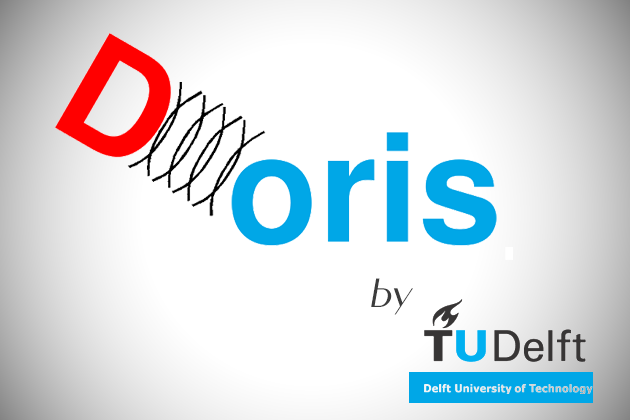
More Info
The Delft Institute of Earth Observation and Space Systems of Delft University of Technology has developed an Interferometric Synthetic Aperture Radar (InSAR) processor named Doris (Delft object-oriented radar interferometric software).Interferometric products and endproducts such as Digital Elevation Models and displacement maps can be generated with this software from Single Look Complex data. Data from the satellites ERS, ENVISAT, JERS and RADARSAT can be processed with the Doris software.
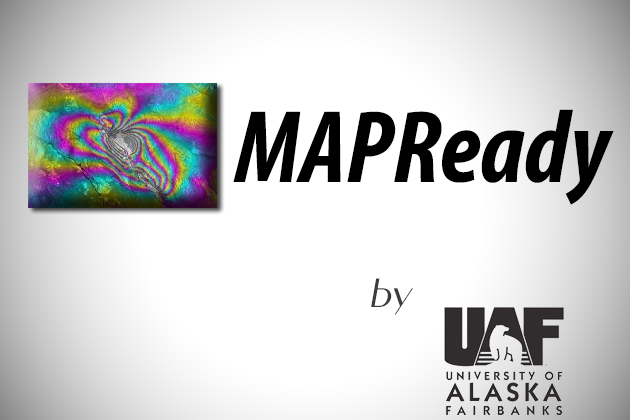
More Info
The MapReady Remote Sensing Tool Kit accepts level 1 detected SAR data, single look complex SAR data, and optical data from ASF and some other facilities. It can terrain correct, geocode, apply polarimetric decompositions to multi-pol SAR data, and save to several common imagery formats including GeoTIFF. Other software included in the package are an image viewer, metadata viewer, a projection coordinate converter, and a variety of command line tools.

More Info
PyRat is a flexible framework for postprocessing synthetic aperture radar (SAR) data. It is made for both airborne and spaceborne data and especially focused on providing an easy plugin-based programming interface.
Technically, PyRat is implemented in Python (supported by some Cython) and uses HDF5 based disc containers for temporary storage. It features automatic multithreaded block processing for speed and memory efficiency, a powerful batch system and a Qt-based GUI. It is expandable by plugins without deep knowledge of framework itself.
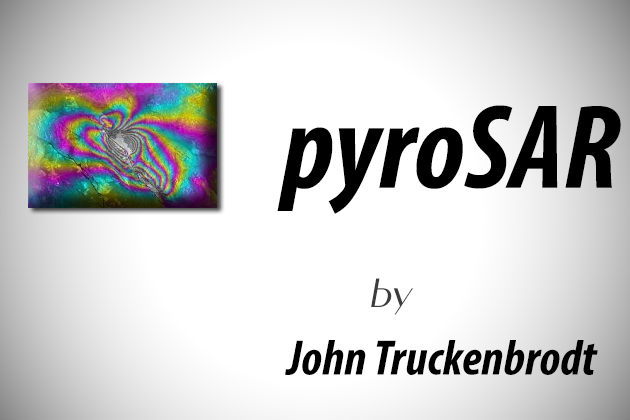
More Info
A Python framework for large-scale SAR satellite data processing.
The pyroSAR package aims at providing a complete solution for the scalable organization and processing of SAR satellite data:
- Reading of data from various past and present satellite missions
- Handling of acquisition metadata
- User-friendly access to processing utilities in SNAP and GAMMA Remote Sensing software
- Formatting of the preprocessed data for further analysis

More Info
Compared to its optical counterpart, the community of Synthetic Aperture Radar (SAR) data users for land applications is still small. One major reason for that originates from the differences in the acquisition principle and the underlying physics of the imaging process. For non-experts, this results in difficulties of applying the correct processing steps as well as interpreting the non-intuitive backscatter image composites. On the other hand, the free and open access to Sentinel-1 data widened the community of interested users and paves the way for the integration of SAR data into operational monitoring systems.
In order to ease the use and access to analysis-ready SAR data for wide-area land applications, the Food and Agriculture Organization of the United Nations develops the Open SAR Toolkit (OST) under the SEPAL project. OST includes fully automated pre-processing routines that are mainly build on top of the Sentinel Application Platform (SNAP) and other freely available open-source software such as GDAL, Orfeo Toolbox and Python. The simple and intuitive GUI is based on the R Shiny package and is accessed via a web-browser. This allows to employ OST also on cloud-platforms, as in the case of SEPAL.
For the moment, supported data sets are the ALOS Kyoto & Carbon mosaics and Sentinel-1 GRD products. The former are freely available for non-commercial use, and OST eases the access and preparation of the data tiles provided by JAXA (user account is necessary). For Sentinel-1, data inventory and download routines, as well as a GRD to RTC processor allows for the rapid generation of radiometrically terrain corrected (RTC) imagery that is ready for subsequent analysis tasks such as land cover classification. More advanced and processing intensive data products, such as time-series and timescan imagery can be easily produced as well in a fully automatic manner. Ultimately, mosaicking generates seamless wide-area data sets. Alongside the processing routines, accompanying demos and capacity building material provide the user a gentle entry into the world of radar remote sensing for land applications and refer to a wealth of relevant literature and websites for a more profound study of the subject.
2. Commercial Software
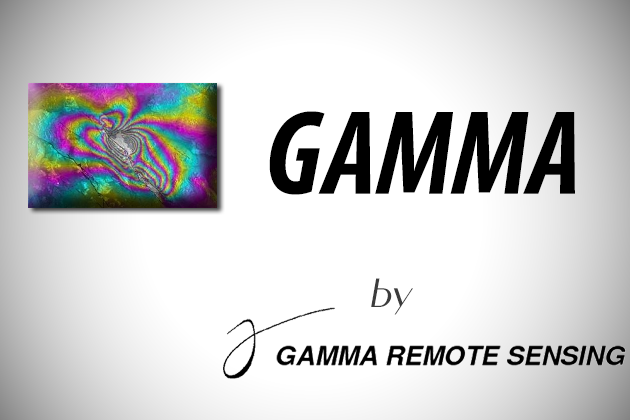
More Info
The GAMMA SAR and Interferometry Software is a collection of programs that allows processing of SAR, interferometric SAR (InSAR) and differential interferometric SAR (DInSAR) data for airborne and spaceborne SAR systems. The software supports the entire processing from raw data to high level products such as digital elevation models, displacement maps, point target analysis and landuse maps. The software is arranged in packages, each dealing with a specific aspect of the processing.

More Info
ENVI SARscape® is used to process and analyze SAR data acquired from all existing spaceborne and selected airborne platforms, taking the data from hard-to-interpret numbers and turning it into to meaningful, contextual information. SARscape generates products and offers the option to integrate this information with other geospatial products. ENVI SARscape modules are integrated with ENVI providing the added benefit of image analysis tools and SAR processing functionality in one package.

More Info
Because of its all weather, any-time monitoring capabilities, Radar remote sensing offers a number of advantages for Earth-surface and feature observation. The Geomatica Radar Suite is purpose-built to provide tools specialized for processing radar data in a standard remote sensing or GIS environment. The outputs from PCI Geomatics radar tools can be combined with other microwave and optical sensors as well as vector data to maximize the utility of information. Being part of the full-Geomatica system means this integration is seamless and simple.
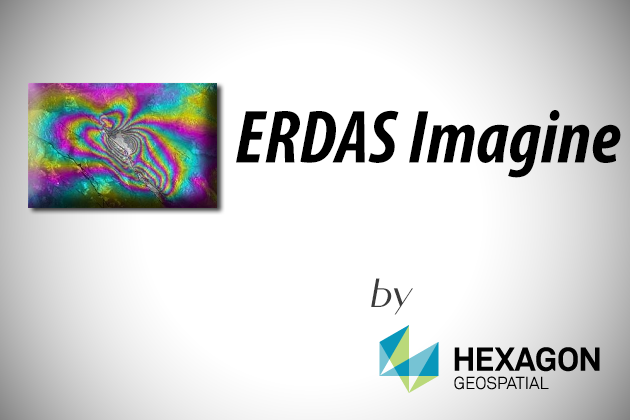
More Info
Advanced radar interferometry including coherence change detection, time series change analysis, displacement mapping, and DEM extraction.
IMAGINE SAR Interferometry is a single, cost-effective module that fully integrates ERDAS IMAGINE’s advanced interferometric processing capabilities. With this package even the radar novice can extract high-quality DEMs, generate coherence change products or map surface displacement at the centimeter level.

